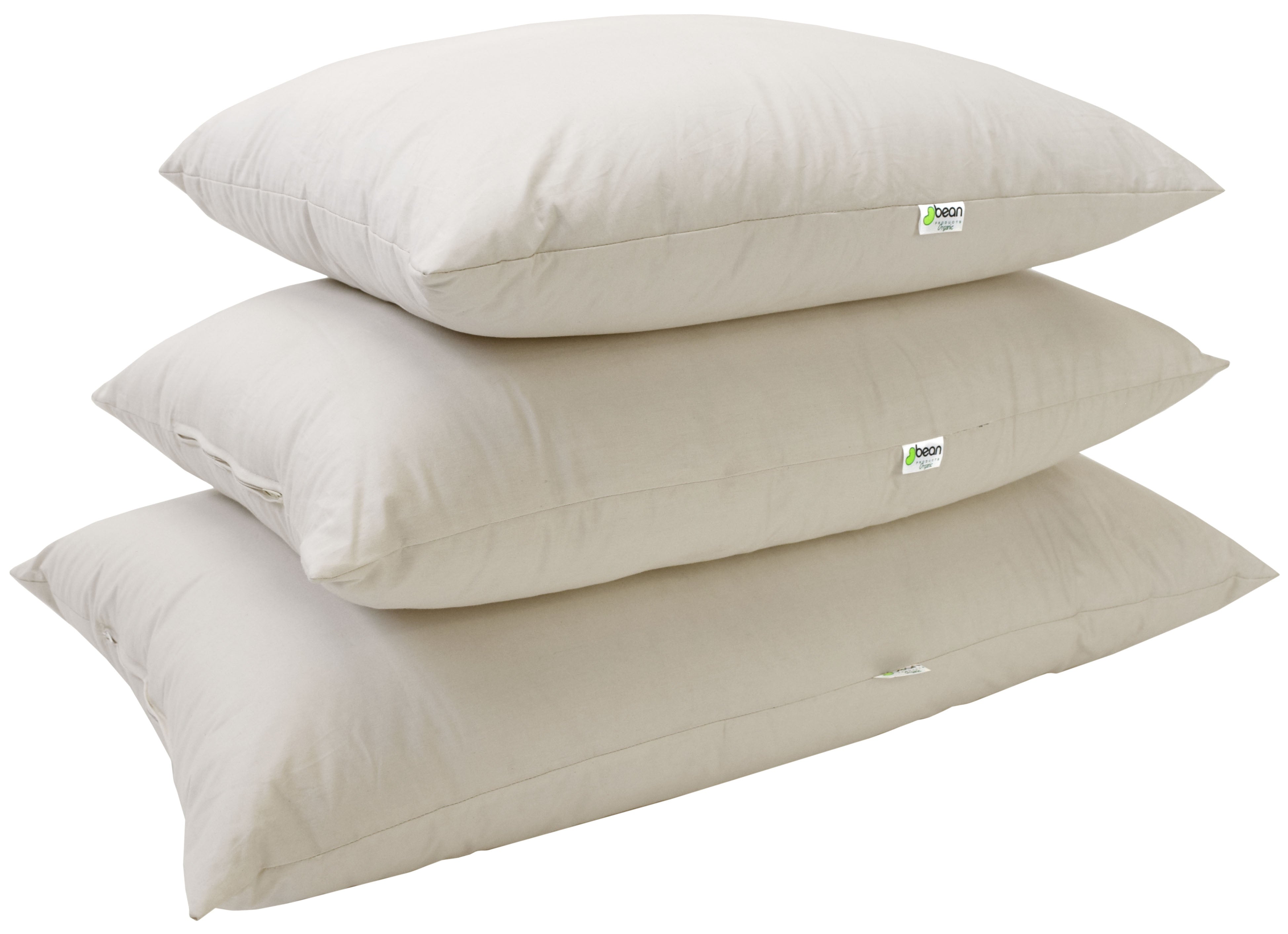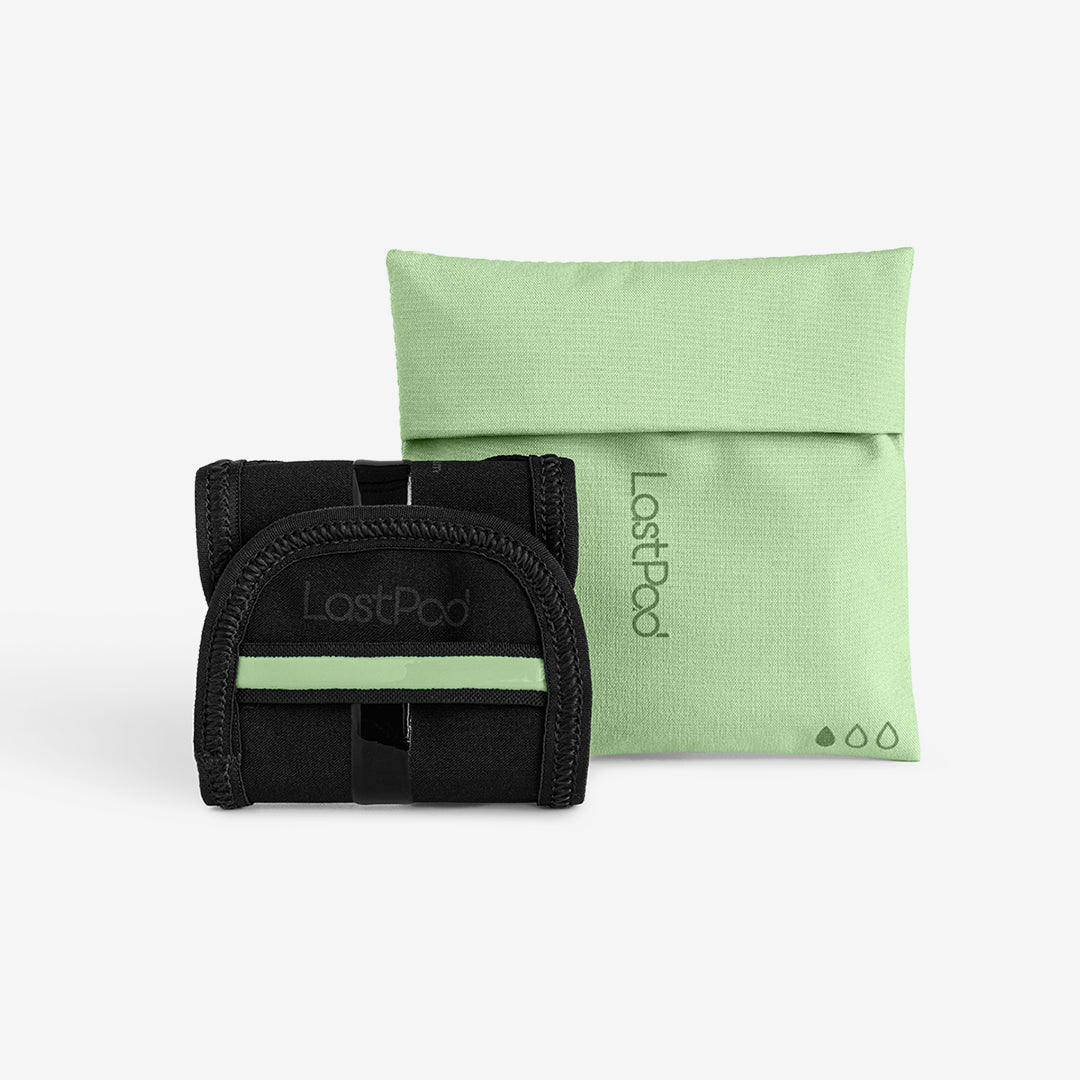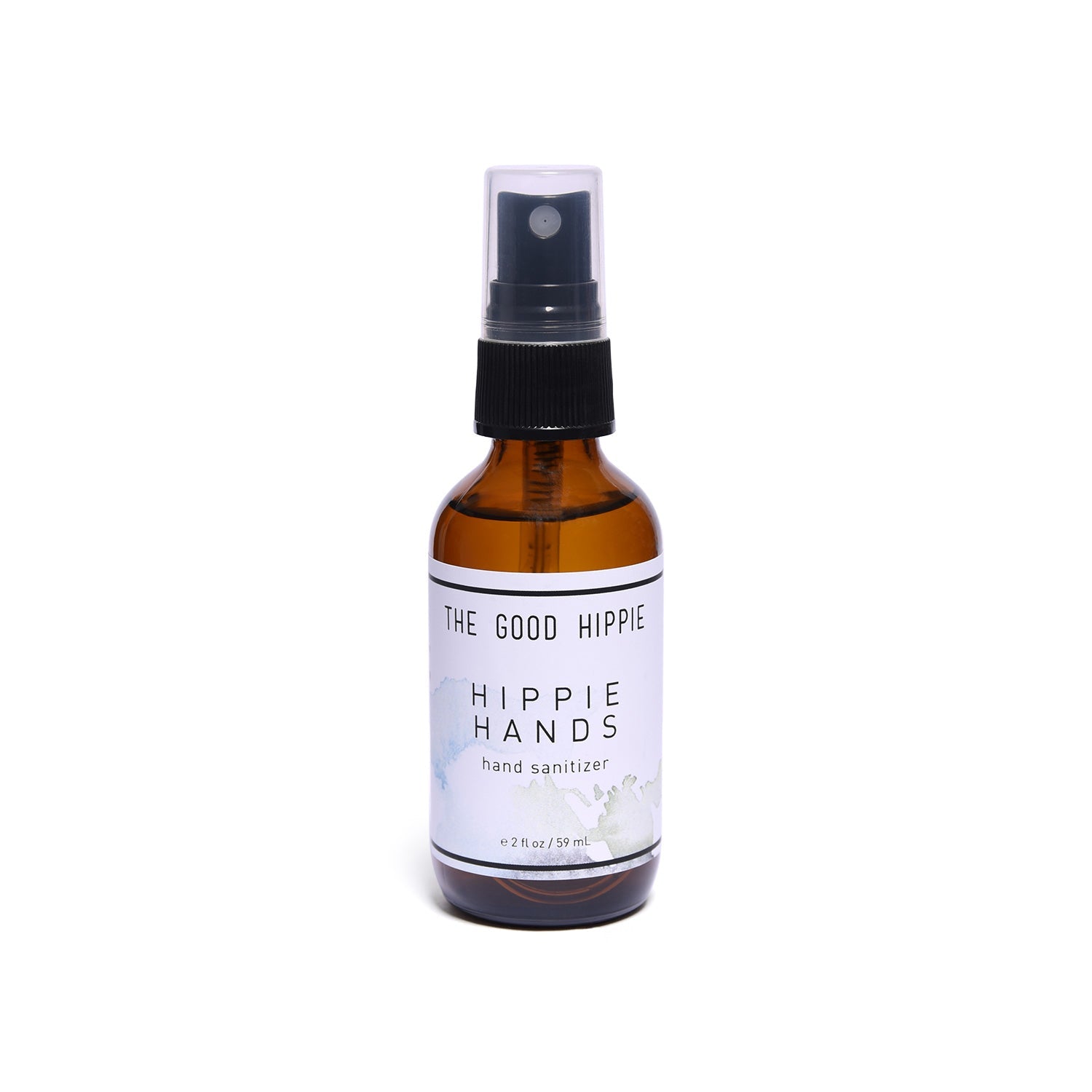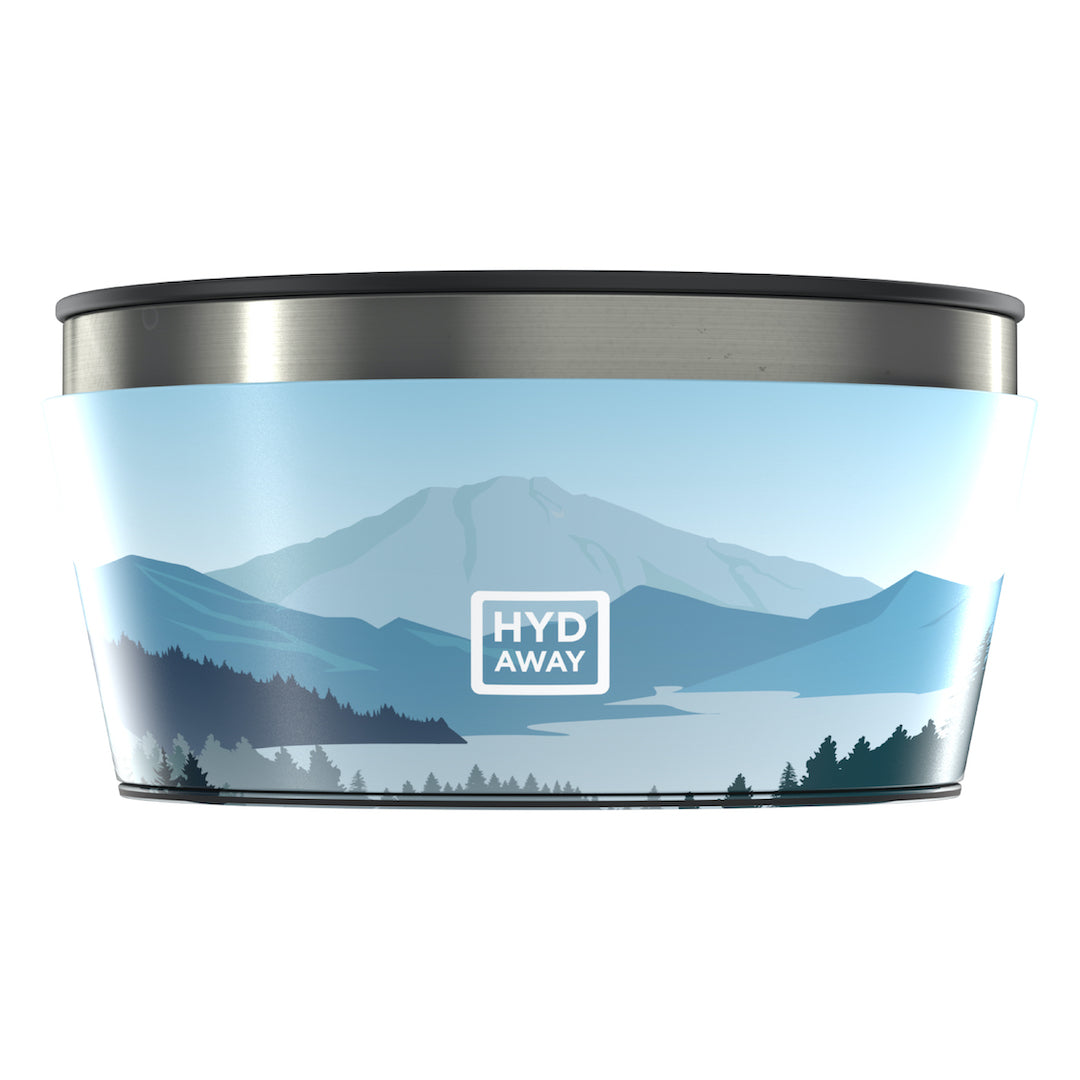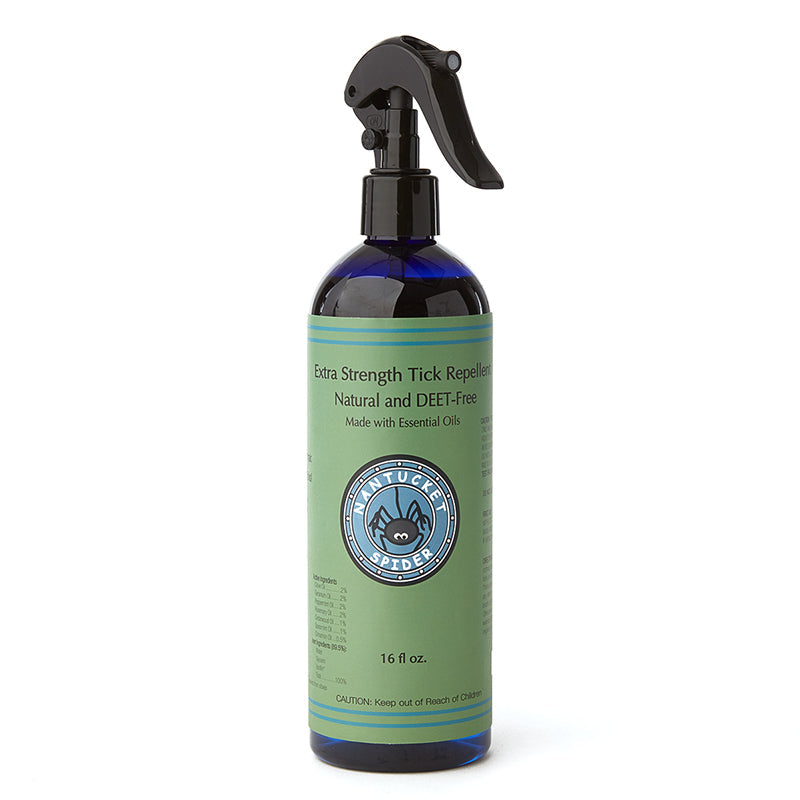Health & Wellness
Meditation for Beginners: 5 Easy Steps to Get Started
October 10, 2024
Yarkın Tepe
5 min

Meditation is an ancient practice that has woven its way through various cultures and time periods, emerging in the modern world as a valuable tool for mental clarity and stress reduction. While often shrouded in mystery, meditation is fundamentally about fostering a deep connection with one's own mind and body.
Understanding Meditation: What It Is and What It Isn't
-
What It Is: Meditation involves concentrating your mind on a particular object, thought, or activity to train attention and awareness, achieving a mentally clear and emotionally calm and stable state.
-
What It Isn't: It is not about becoming a different person, a new person, or even a better person. It's about training in awareness and getting a healthy sense of perspective.
Brief History of Meditation
-
Originating thousands of years ago, meditation practices have roots in religious and spiritual traditions. It is seen in Buddhism, Christianity, Hinduism, and Islam, each incorporating its forms of meditative practices.
Benefits of Meditation for Mental and Physical Health
-
Mental Health: Meditation helps reduce stress, improves concentration, and contributes to an overall better quality of life. Mayo Clinic's page on meditation highlights its benefits in enhancing emotional health and wellbeing.
-
Physical Health: Regular meditation can lead to reduced blood pressure, alleviation of symptoms associated with chronic illnesses, and improved sleep patterns.
-
Overall Wellbeing: Incorporating meditation into a holistic wellness routine can lead to profound impacts on overall health and happiness. For more insights, explore how natural remedies complement these practices in Flora's blog post: "Sustainable Living Guide #14: Health and Wellness".
As we delve deeper into meditation, it's crucial to ensure that the practice is approached with patience and consistency. Meditation is not a quick fix but rather a lifelong journey that can significantly enhance one's quality of life and provide peaceful mind and stress reduction.
Stay tuned for Part 2, where we will explore the 5 easy steps to get started with meditation, ensuring you have the tools and knowledge to begin this transformative practice. Meanwhile, for those looking to design a conducive meditation space, check out our tips on "10 Hacks to Create a More Sustainable Office Space: A To-Do List".
The 5 Easy Steps to Get Started with Meditation
Embarking on your meditation journey can be a transformative experience that enhances your mental clarity and reduces stress. Here are five easy steps to help beginners establish a solid meditation practice.
Step 1: Setting Up Your Meditation Space
-
Choosing a Quiet Spot: Find a space that is free from distractions, where you can relax and focus.
-
Essential Items for a Meditation Space: A comfortable cushion or chair, a small table or surface for items like candles or incense, and perhaps a soft mat or rug.
-
Creating a Comforting and Inspiring Environment: Include elements that soothe the senses like soft lighting, peaceful colors, and personal items that inspire tranquility.
Step 2: Establishing a Routine
-
Best Times to Meditate: Early morning or late evening are ideal as they coincide with quieter times of the day.
-
Consistency Over Perfection: Aim for regular short sessions instead of irregular longer sessions. Consistency is key in building a habit.
-
Setting Realistic Goals: Start with 5-10 minutes per day and gradually increase the duration as you become more comfortable.
Step 3: Learning Basic Meditation Techniques
-
Focused Attention Meditation: Concentrate on a single point, often your breath, to anchor your mind and maintain focus.
-
Breathing Techniques: Practice deep, even breaths to foster a sense of calm. Check out Headspace guide to mindfulness for more breathing exercises.
-
Mindfulness Meditation: Maintain an acute awareness of the present moment, observing your thoughts and feelings without judgment.
Step 4: Incorporating Meditation into Daily Life
-
Short Meditations for Busy Schedules: Learn to integrate brief meditation sessions into your daily routine, perhaps during a lunch break or right before bed.
-
Using Apps and Technology for Guidance: Utilize apps like Headspace or Calm to help guide your practice with timed sessions and tips.
-
Meditation and Multi-tasking: Dos and Don’ts: Avoid multitasking during meditation to maximize the benefits of your practice. Focus solely on the act of meditating.
Step 5: Overcoming Common Challenges
-
Dealing with Distractions: Acknowledge distractions without engaging with them and gently redirect your focus back to the meditation.
-
Managing Expectations: Understand that progress may be slow and that's perfectly normal.
-
What to Do When You Feel Like Quitting: Remind yourself of the benefits, revisit your goals, and possibly seek out a meditation community for support.
For those interested in further exploring how meditation fits within a broader lifestyle of health and sustainability, consider reading our blogs.
Conclusion and Encouragement
In conclusion, these five steps provide a foundational guide for anyone looking to start meditating. Remember, the journey of meditation is unique to each individual. Be patient, stay consistent, and most importantly, enjoy the serenity and peaceful mind it brings. Happy meditating!
Daily Deals
See All ProductsBest Sellers
Most Popular
Explore and shop the most popular products. Updated frequently!

5 min
National Coffee Day: Celebrate Conscious Coffee Consumption with Flora
In today's world, where sustainability is more than a trend but a necessity, Flora is proud to spotlight a selection of eco-friendly products designed to enhance your daily coffee ritual while caring for the planet.

6 min
Sustainable Living Guide #13: Sustainable Building and Renovation
Undecided with Matt Ferrell
Sustainable building and renovation represent a transformative approach to construction and home improvement that prioritizes environmental responsibility, resource efficiency, and the health of occupants.

5 min
Beach Day, the Eco Way: Must-Have Products from Flora!
From innovative sun protection options to stylish, sustainable beach gear, each product in our lineup adheres to Flora's commitment to sustainability and health. Our selection ensures you'll be well-prepared, environmentally conscious, and effortlessly chic.

5 min
How to Reduce Plastic Use in Daily Life
TED-Ed
Plastic pollution has become one of the most pressing environmental issues of our time, as vast amounts of plastic waste end up in our oceans, landscapes, and even our food chain. Every year, millions of tons of plastic are produced with a significant portion destined for single-use products that quickly become waste.

5 min
Sustainable Living Guide #11: Sustainable Travel and Tourism
Eco-friendly tourism is crucial due to its reduced environmental impact compared to traditional travel, which often contributes to significant carbon emissions and ecological degradation. By choosing sustainable travel options, tourists can help preserve local ecosystems and support conservation efforts.

6 min
The Benefits of Minimalism and How to Live More Sustainably
The Minimal Mom
Minimalism is more than just an aesthetic or a trend—it is a conscious choice to simplify life by focusing on what is essential. At its core, minimalism is about stripping away the unnecessary, leaving room for what truly adds value to our lives.

4 min
Sustainable Living Guide #10: Sustainable Technology
In this episode of Sustainable Living Guide, we explore how technology intersects with sustainable living offering innovative solutions that reduce environment. Sustainable technology refers to the design and application of devices, systems and services that promote resource efficiency and environmental responsibility.

4 min
10 Easy Eco-Friendly Swaps for a Greener Home
Transitioning to a greener home doesn’t have to be daunting. Small, manageable changes can accumulate to create significant environmental benefits. This blog post will explore 10 easy swaps that any family can implement to make their home more eco-friendly.

5 min
Find Your Zen: Eco-Friendly Products for International Relaxation Day
Taking a moment to pause and rejuvenate isn't just a luxury—it's essential for maintaining our well-being. International Relaxation Day invites us all to slow down and indulge in practices that restore our mind, body, and spirit.







